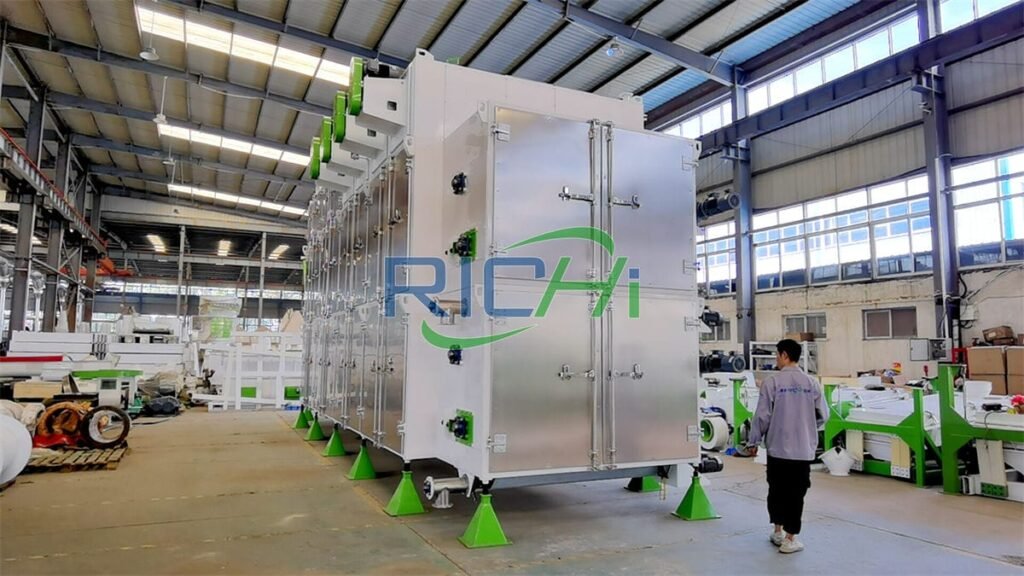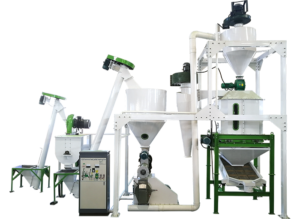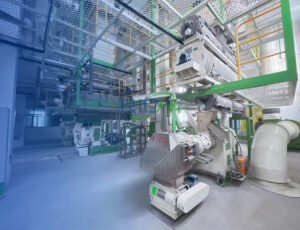
As the pet care and nutrition industry evolves, the demand for high-quality, nutritious pet food is on the rise. Pet owners are increasingly attentive to the ingredients and production processes that go into their pets’ diets, heightening the need for reliable and efficient pet food drying equipment.
Pet food dryers are essential in ensuring the safety, shelf-life, and nutritional quality of pet food. These specialized machines effectively remove moisture from raw ingredients or partially processed pet food, reducing spoilage risk and preserving essential nutrients vital for a balanced diet.
With a plethora of pet food dryers on the market, selecting the right one can be challenging. This comprehensive guide will help you navigate the key considerations to ensure you choose a pet food dryer that meets your production needs, budget, and long-term objectives.
Understanding Your Production Needs
Before diving into the specifics, it’s important to understand your production needs. Consider the following:
- Capacity Requirements: Assess the required production capacity based on your expected pet food demand. Dryers vary from small-scale units suitable for boutique businesses to large industrial systems capable of processing thousands of pounds per hour.
- Product Specifications: Identify the characteristics of the pet food you plan to dry, including moisture content, particle size, and composition. Different products may need specific drying temperatures, airflow rates, or residence times for optimal results.
- Space and Infrastructure: Evaluate the available space and existing infrastructure in your facility to accommodate the pet food dryer and any necessary auxiliary equipment like feeders, conveyors, or packaging lines.
Related post:https://www.richipelletmachine.com/mesh-belt-dryer/
Key Considerations for Choosing a Pet Food Dryer
Once you have a clear understanding of your production requirements, consider the following factors when evaluating pet food dryers:
- Drying Methods: Pet food dryers utilize various drying technologies such as convection, conduction, or radiation. Each method has its pros and cons regarding energy efficiency, product quality, and operational costs. Determine which technology aligns best with your needs.
- Energy Efficiency and Sustainability: Opt for dryers with energy-efficient features and sustainable practices, such as heat recovery systems, variable frequency drives, or the capability to integrate renewable energy sources. These features can reduce long-term costs and support environmental responsibility.
- Automation and Controls: Evaluate the automation level and control systems of the dryer. Advanced features like programmable logic controllers (PLCs), human-machine interfaces (HMIs), and remote monitoring can enhance process efficiency, consistency, and quality control.
- Maintenance and Support: Consider the manufacturer’s reputation for quality, after-sales support, and availability of spare parts and technical assistance. Proper maintenance and support are vital for the dryer’s longevity and performance.
- Regulatory Compliance: Ensure the dryer complies with local and international regulations, standards, and certifications related to food safety, emissions, and environmental protection.
- Integration and Scalability: If you plan to integrate the dryer into an existing production line, evaluate its compatibility with current systems and infrastructure. Also, consider the dryer’s scalability for future expansion or upgrades.
- Budget and Financing: Determine your budget and explore financing options like leasing or loans to spread the investment over time. Assess the long-term return on investment and potential cost savings from improved efficiency and productivity.
Sourcing and Purchasing Strategies
After identifying your needs and evaluating potential dryers, consider the following sourcing and purchasing strategies:
- Direct from Manufacturers: Contact manufacturers and suppliers who specialize in pet food drying equipment. Many provide online catalogs, product demonstrations, and knowledgeable sales representatives to guide you.
- Industry Events and Trade Shows: Attend trade shows and exhibitions where manufacturers showcase their latest products. This allows you to see dryers in person, interact with experts, and negotiate deals.
- Equipment Brokers and Dealers: Work with reputable brokers and dealers specializing in industrial equipment, including pet food dryers. They can leverage their networks to find the right dryer for your needs.
- Used or Refurbished Equipment: Explore used or refurbished options as a cost-effective alternative. Ensure thorough inspection and verification of the dryer’s condition and performance.
By carefully assessing your production needs, considering the key factors, and exploring various sourcing options, you can make an informed decision when selecting a pet food dryer. Investing in the right equipment will ensure the quality and safety of your pet food products and enhance the overall efficiency and profitability of your business.
Remember, there is no one-size-fits-all solution. Each pet food business has unique needs and constraints. Take the time to research and understand the available options to make a well-informed decision that aligns with your long-term goals and supports the growth of your pet food production.
For details please contact: Richi Pellet Machine
WhatsApp:86 138 3838 9622
Email:enquiry@richipelletmachine.com






